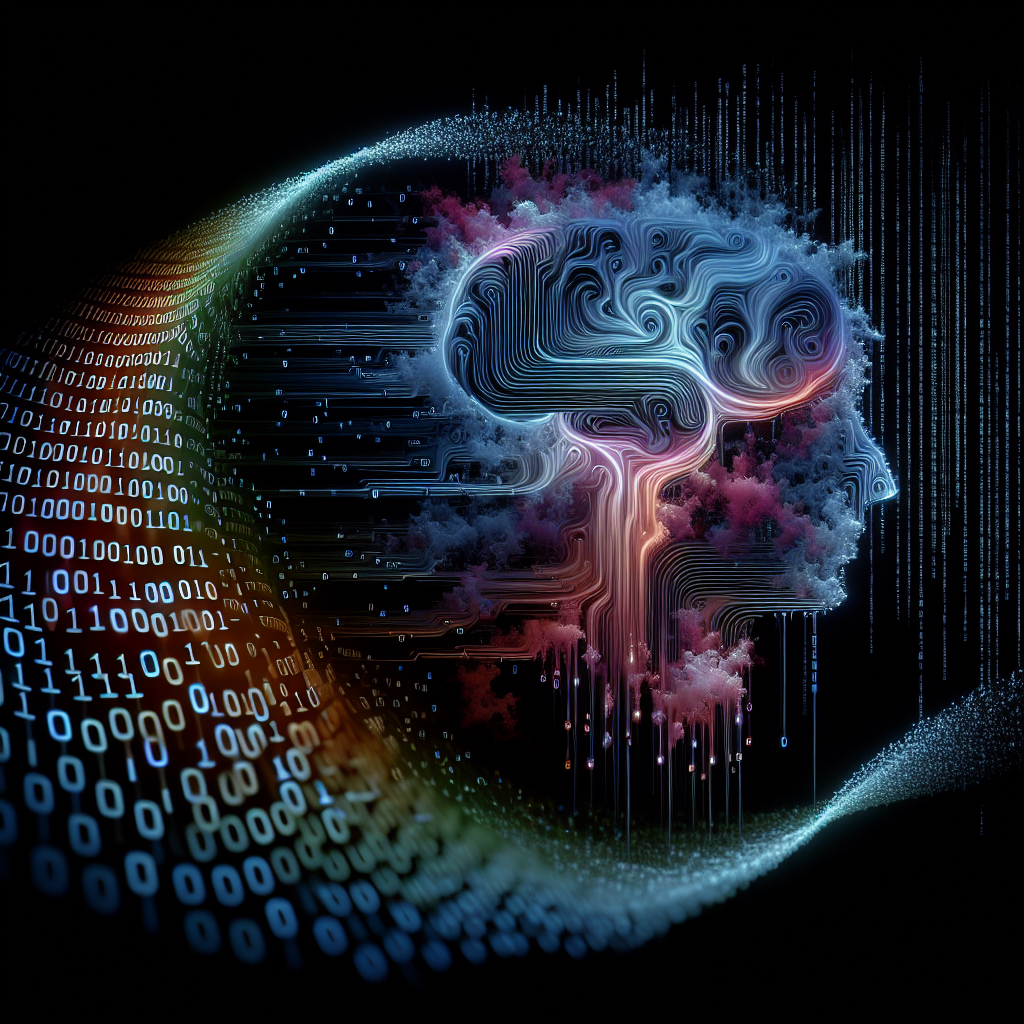Generative Adversarial Networks (GANs) have been a game-changer in the field of artificial intelligence, revolutionizing the way we generate realistic images, videos, and even music. But did you know that these powerful generative models can also be harnessed for text generation in Natural Language Processing (NLP)?
Text generation has been a challenging task in NLP, requiring sophisticated algorithms to produce coherent and contextually relevant text. Traditional approaches such as language models and recurrent neural networks have been used for text generation, but they often struggle with generating high-quality, diverse, and realistic text.
This is where GANs come in. GANs consist of two neural networks – a generator and a discriminator – that work together in a competitive manner to generate realistic data. The generator generates fake data samples, while the discriminator tries to distinguish between real and fake data. Through this adversarial training process, the generator learns to generate increasingly realistic data samples.
In the context of text generation, GANs can be used to generate realistic and diverse text by training the generator to produce text that is indistinguishable from human-written text. This can be achieved by training the discriminator on a large corpus of text data and using it to provide feedback to the generator on the quality of the generated text.
One application of GANs in text generation is in the creation of dialogue systems, chatbots, and language translation models. By training a GAN on a large dataset of conversational data, the generator can learn to produce realistic and contextually relevant responses in a conversation. This can improve the user experience of chatbots and virtual assistants by making them more engaging and human-like.
Another application of GANs in text generation is in the generation of creative and imaginative text, such as poetry, storytelling, and creative writing. By training a GAN on a dataset of literary works or creative writing samples, the generator can learn to produce text that captures the style and tone of the input data. This can be used to augment human creativity in writing and storytelling, or to generate personalized content for marketing and advertising purposes.
In conclusion, GANs have the potential to revolutionize text generation in NLP by providing a powerful and versatile framework for generating realistic, diverse, and contextually relevant text. By harnessing the power of generative models for text generation, we can unlock new possibilities in dialogue systems, creative writing, and personalized content generation. The future of text generation is bright, thanks to the advancements in GANs and their applications in NLP.
#GANs #NLP #Harnessing #Generative #Models #Text #Generation,gan)
to natural language processing (nlp) pdf


Leave a Reply